Lots of discussion on what software is better, how they handle the differences between G1 & G7 models, and finally how it all compares to Doppler Radar.
Having shot over Doppler and seeing how it operates, how far they can track a bullet, I thought this might help.
ColdBore (previously Loadbase) has been around a very long time. Like Field Firing Solutions, these guys were early on the scene with a non-Point Mass approach. Now it's Point Mass to a certain degree, but it does deviate significantly in how they handle the predictions.
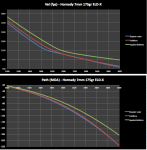
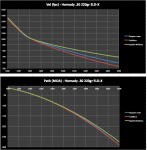
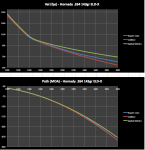
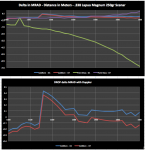
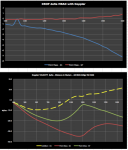
Part of the early discussions revolved around ColdBore being very complex. More than 9x the amount of code is involved in getting a ColdBore Prediction vs the competition.
Feel free to discuss,
Having shot over Doppler and seeing how it operates, how far they can track a bullet, I thought this might help.
ColdBore (previously Loadbase) has been around a very long time. Like Field Firing Solutions, these guys were early on the scene with a non-Point Mass approach. Now it's Point Mass to a certain degree, but it does deviate significantly in how they handle the predictions.





Part of the early discussions revolved around ColdBore being very complex. More than 9x the amount of code is involved in getting a ColdBore Prediction vs the competition.
Feel free to discuss,




